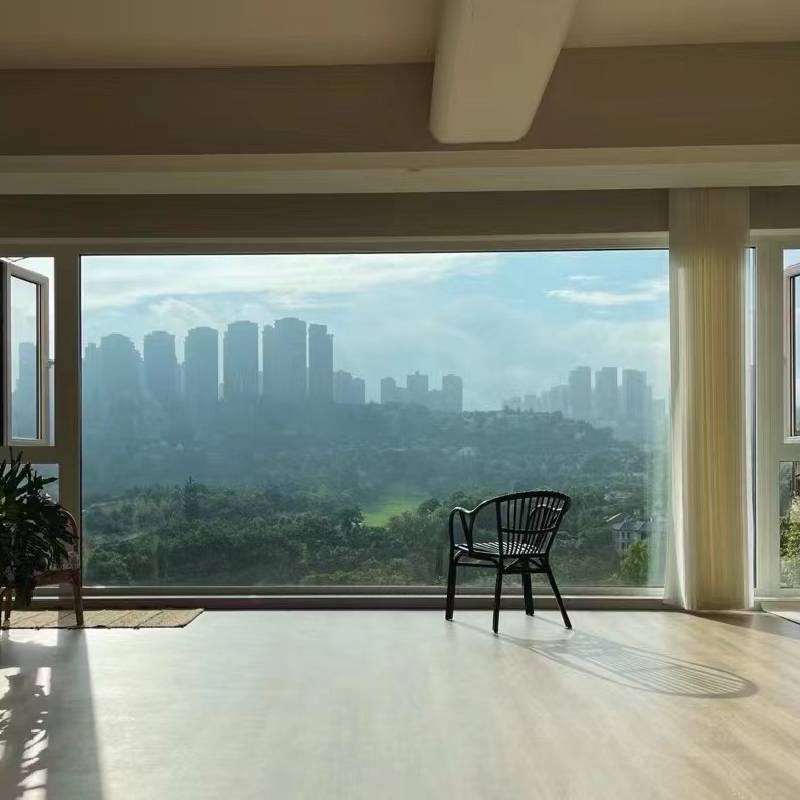

Understanding Low-E Glass Types
Low-emissivity (Low-E) glass is a cutting-edge technology that helps improve the energy efficiency of buildings and homes. By coating the glass with a thin layer of metal or metallic oxide, it reflects heat while still allowing natural light to enter. This unique property makes Low-E glass a popular choice for windows in residential and commercial constructions. There are several types of Low-E glass that cater to different climate conditions and energy requirements.
1. Soft Coat Low-E Glass
Soft coat Low-E glass is produced by applying the Low-E coating to the glass in a controlled environment, typically in a vacuum chamber. This type of coating provides excellent thermal insulation by reflecting heat back into the building during winter, which helps reduce heating costs. It also blocks harmful UV rays, protecting interior furnishings from fading. Soft coat Low-E glass is ideal for colder climates where heat retention is a priority.
In contrast to soft coat Low-E glass, hard coat Low-E glass involves a more durable coating that is applied during the glass manufacturing process. This type of glass is also known as low-E2 glass. While it offers less insulation than soft coat options, it is more robust and resistant to scratching, making it suitable for applications where durability is crucial. Hard coat Low-E glass works best in moderate climates, offering year-round performance without being overly affected by temperature fluctuations.

3. Low-E Glass for Solar Control
Another significant category is Low-E glass designed specifically for solar control. These coatings are engineered to minimize solar heat gain, making them highly effective in hot climates. By reflecting solar radiation, this type of Low-E glass helps keep buildings cooler in the summer. This results in lower air conditioning costs and helps improve indoor comfort levels.
4. Low-E Glass in Insulated Units
Low-E glass is often used in insulated glazing units (IGUs), which consist of two or more glass panes separated by a spacer to create an insulated barrier. This assembly enhances the energy efficiency of windows, reducing both heating and cooling costs. The combination of Low-E coatings and gas fills, like argon or krypton, further increases thermal performance.
In conclusion, selecting the right type of Low-E glass depends on specific needs and environmental conditions. Whether it's soft coat for superior insulation, hard coat for enhanced durability, or solar control Low-E for hot climates, the versatility of Low-E glass makes it a vital component in modern energy-efficient architecture. By understanding these types, homeowners and builders can make informed decisions that lead to significant energy savings and increased comfort.